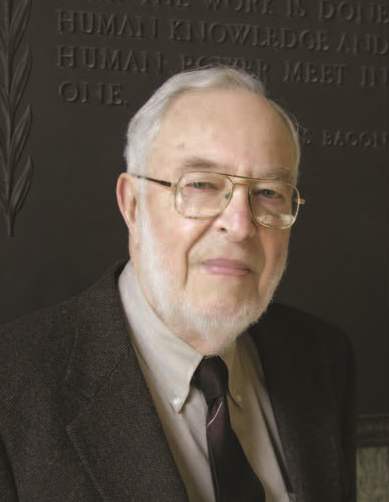A New Look at Thermodynamics, Part 1: Theory
Year: 2000
Keywords: Thermodynamics
Thermodynamic equilibrium is most generally characterized by the principle of microscopic reversibility,l which matured some fifty years after thermodynamics was formulated. This paper shows that in light of that important principle the classical thermodynamic formulation would be valid only if the system particles have no thermal motion.2 Such a condition can only be realized at absolute zero. But above that temperature, particles acquire thermal motion and momenta. The rate of change of the particle thermal momentum, per unit area, is a mechanical pressure, which can profoundly vary across an interface. Particles transported through such sites can then be subjected to highly significant mechanical forces. Accounting for these forces leads to fundamental consequences, including: (1) a distinction between motive and dissipative forces/processes; and (2) the need to invoke the conservation of energy principle to determine how motive and dissipative forces/processes interact. Consequently, the state of equilibrium is rendered more detailed than has heretofore been possible to express. Specifically, at equilibrium, each dissipative force vanishes, and each nonvanishing motive force becomes conservative, so that the motive work it does per particle around every closed loop in the system vanishes and cannot drive any particle flux.
- R.C. Tolman, "The principle of microscopic reversibility," Proc. Nat. Acad. Sci. USA (phys.), 11,436-439 (1925).
- M.A. Melehy, Physics Essays, 10,287-303, No.2 (1997).


